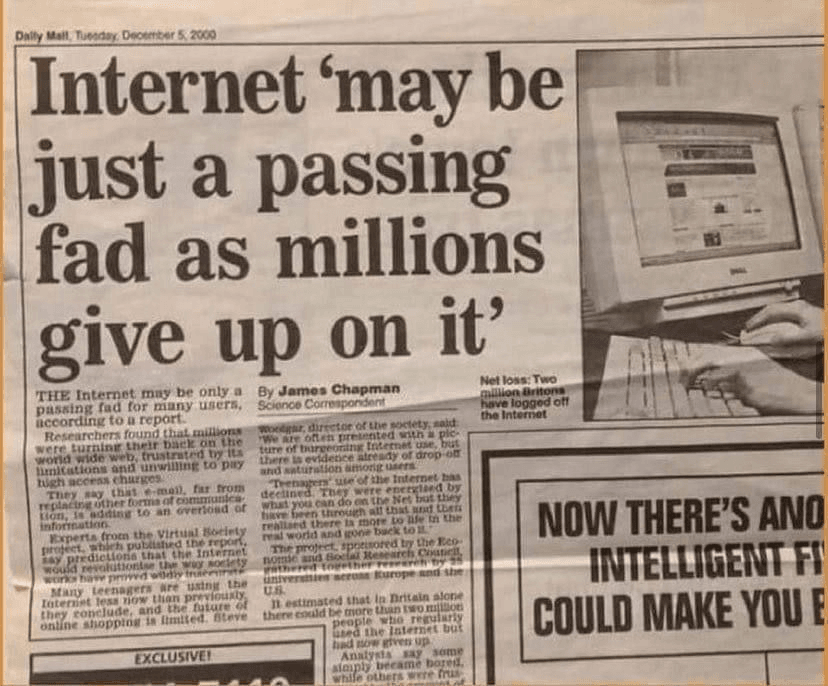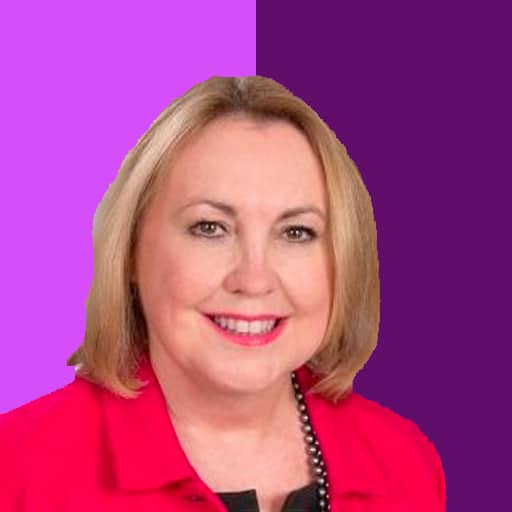In a recent panel discussion hosted at South by Southwest more commonly known as SXSW, cybersecurity and privacy experts from various fields convened to discuss the intricate balance between privacy and safety in the digital world. This discussion, moderated by Dr Toby Feakin featured insights from renowned figures including Julie Inman Grant at Australia’s eSafetey Commission, Professor Michael Salter at Professor of Criminology UNSW and Director of Childlight, Carly Kind at Australia’s Privacy Commissioner and Lizzie O’Shea a lawyer and digital rights advocate, each bringing a unique perspective to the proverbial table.
The Dilemma of Technological Influence
O’Shea warned against the potential misuse of technology to influence thoughts as punitive measures. Drawing parallels to established legal protections, alluding that society often prioritises safety and human rights over mere effectiveness, showcasing how certain technologies or processes are deliberately limited by societal agreements.
The Financial Sector's Paradox
Professor Michael Salter highlighted an important parallel, bringing the financial sector into the conversation. The necessity of security, privacy, and legal accountability within data transmissions and payment systems. Salter illustrated real-world examples where privacy and accountability coexist harmoniously with functionality, offering a fresh perspective on how these principles might be translated to other sectors.
Privacy, Safety, and Governmental Struggles
Host Toby provided valuable context by reflecting on the history of the internet's development. Initially designed for a significantly smaller user base, the internet now grapples with retrofitting essential security and privacy measures. Toby noted the ongoing struggles faced by governments to ensure that fundamental offline rights are adequately protected online.
The Shift from Decentralisation to Regulation
Kind's observations on the internet's evolution were particularly insightful. She recalled its roots in a decentralised, anti-government ethos, contrasting sharply with its current dominance by major platforms. She highlighted regulatory efforts to rein in these platforms and noted the Digital Platform Regulators Forum's role in fostering key collaborations and regulatory frameworks.
Personal Harm and Corporate Accountability
Inman offered a perspective from her tenure at Microsoft, describing the shift in focus from enterprise security towards addressing personal harms, such as child sexual abuse material. Highlighting global efforts and the impact of American legal principles, she underscored the evolving nature of safety in the digital landscape. Lizzie also criticized companies for using privacy as a convenient excuse to dodge responsibility, emphasizing a need for balance between privacy and security.
The Privacy-First Stance and Its Controversies
Contentious issues, including Apple’s stance on privacy. Toby raised concerns about Apple’s refusal to decrypt an iPhone in the San Bernardino case, viewing it as prioritising privacy in potentially misleading ways to serve marketing interests. This spurred a broader discussion on the industry's varied responses to privacy and security challenges.
“… the San Bernardino terrorist incident in California where there was one singular iPhone which Apple refused to decrypt, said they couldn't. Actually, there was a whole, piece of software that could, decrypt it.” Feakin added.
The Audience's Divided Sentiments on Balancing Privacy and Safety
The debate on whether privacy and safety can coexist or if one must be sacrificed for the other. The audience appeared evenly split on this issue. Kind brought clarity by the human rights framework's principle of proportionality to assess privacy limitations. The Commissioner advocated for specificity when discussing privacy, focusing on particular types of information and interventions.
“I think proportionality is a really helpful concept for us to think about when it comes to the online space. Because there are a range of different ways we could improve technologies” Commented Kind.
Australia's Efforts and Alternatives to Weakening Encryption
Inman questioned Australia's standards for online privacy and safety, noting the country's attempts to balance encryption with responsibility. Inman furthered this with a discussion on alternative safety methods without compromising encryption, such as client-side scanning.
“What I have concerns about is the kind of pitting of privacy against safety as it's – I think, a false binary. There there may be tensions, but I think you also have to think of the gravity of potential harms.” Inman added
Public Concerns and the Call for Nuanced Policy-Making
O’shea shared polling data indicating a widespread belief that the web is unsafe, especially for children and older people, due to online data collection practices. This highlights conundrum around the complexity of balancing privacy and safety and calls for nuanced conversations and policies that consider these intricacies.
“Most people who responded do think that the web is not safe for, specifically, children and older people, which I think is interesting.” Remarked O’Shea.
Reconciling Privacy, Accountability, and Safety
Professor Michael Salter critiqued AI models trained on inappropriate data, including child sexual abuse material, and called for holding companies accountable for hosting illegal content. The necessity for privacy enforcement, an observation Kind agreed with, supporting measures that integrate privacy and safety in AI development.
“There's child sexual abuse. There's domestic violence. How do we, as a liberal democracy, deal with that conundrum?” Commented Professor Salter.
Concluding Reflections and the Need for Global Cooperation
The challenges posed by AI technologies in terms of privacy and security. Kind and the others pointed out the importance of international cooperation and strong regulatory frameworks to address these challenges effectively.
Survey Insights and Industry Dynamics
A survey highlighted a concerning statistic: 4-6% of Australian men would engage in inappropriate contact with children if undiscovered, reflecting a sizeable market segment that poses a risk online. Additionally, the tech sector's perceived independence from state law, contributing to less regulation and greater risks.
Controversial Business Models and the Need for Privacy Reforms
Advocates argued that current tech business models, which often incentivise extremist content, have damaging societal impacts. Privacy reforms, they suggested, are necessary to prevent these issues at their source, promoting rights-respecting changes to mitigate harm.








